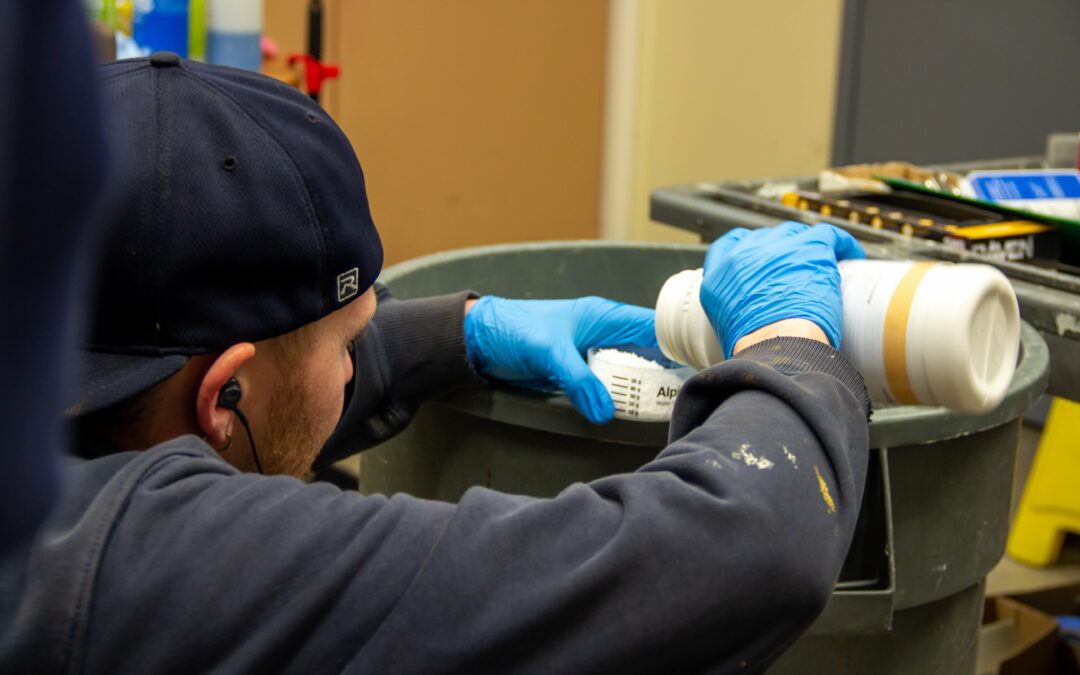Subterranean termites are known for chewing through a variety of materials other than wood including plaster, insulation, plastic and even cracks in concrete. However, subterranean termites do not actually eat these materials; instead, they use their jaws to chisel away at non-wood materials in an effort to reach wood. For example, in order to access structural lumber behind walls, worker termites may eat through plaster, stucco, vinyl siding and many other non-wood materials. Cellulose makes up the hard cell walls in all forms of plant matter, and cellulose is the only form of nutrition that termites need in order to survive.
In the natural environment, especially tropical forest environments, termites perform a valuable ecological service by consuming dead plant matter that falls to the ground. If termites did not exist, a heavy amount of dead plant matter would accumulate on the ground, causing plant growth to cease. Termites also enrich soil, as the foraging activity of workers allows oxygen to reach soil, and they recycle dead wood into nitrogen-rich excrement, which promotes soil fertility. Most of the cellulose that termites consume comes from wood, as wood decays far more slowly than green plant matter. However, termites are unable to digest cellulose on their own.
In order to digest cellulose, certain bacteria that break down cellulose must be present in the hindgut of termites. Termites are not born with these gut bacteria; instead, termite offspring obtain cellulose-digesting gut bacteria through trophallaxis. Trophallaxis involves the mutual mouth-to-mouth and mouth-to-anus feeding that takes place in many social insect colonies. This process allows offspring to obtain the bacteria they need while also being fed pre-digested cellulose excreted from the mouth and anus of worker termites. As termite offspring develop, they shed several exoskeletons (molting) as well as the lining of their hindgut, which contains cellulose-digesting bacteria. Therefore, after each molt, termite offspring are once again unable to digest cellulose, which is why they must repeatedly indulge in trophallaxis until they reach adulthood.
Have you ever discovered termite mud tubes on your lawn or attached to your home?

